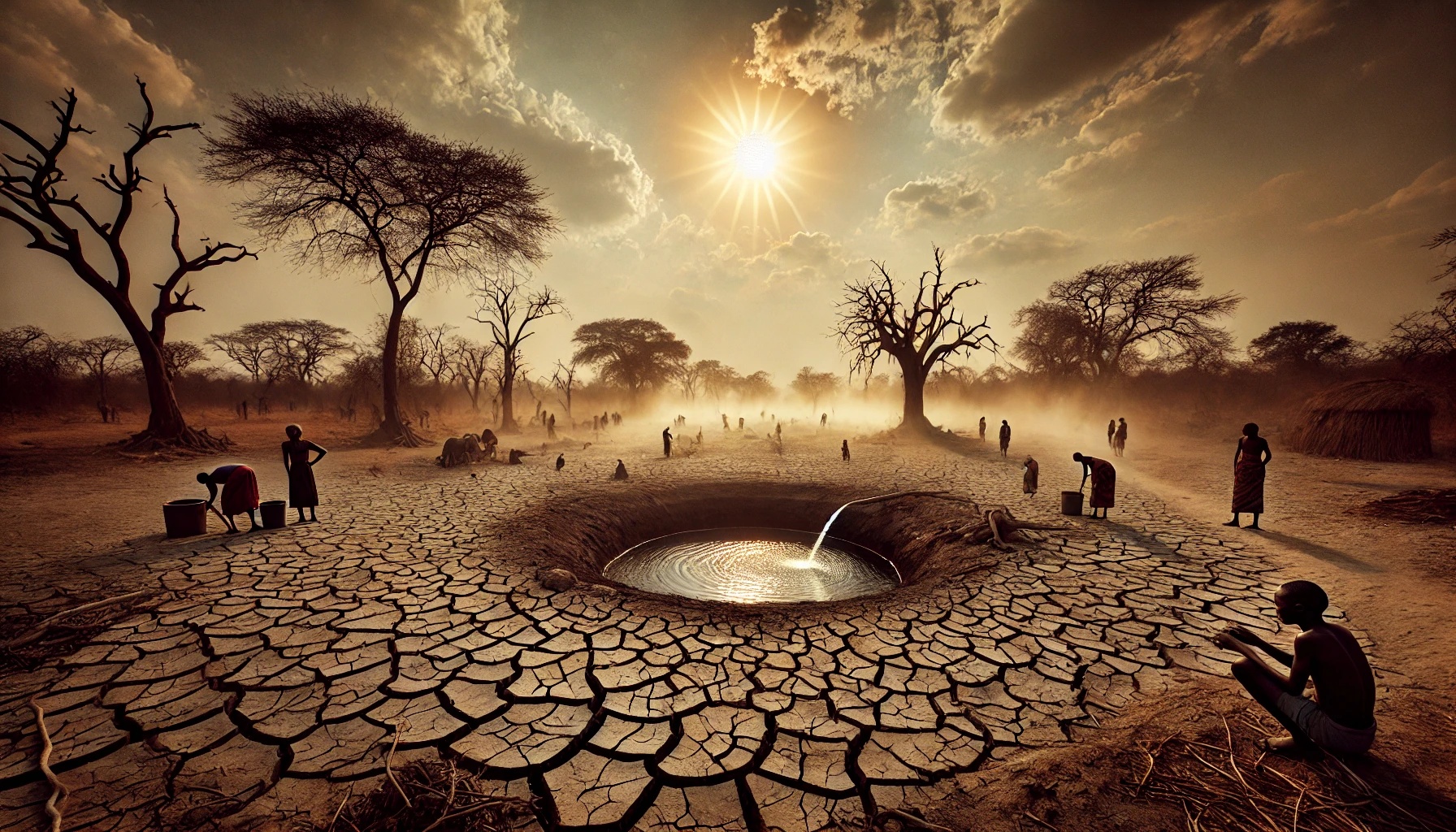The Zimbabwe Drought Crisis has reached critical levels, threatening millions with food insecurity and water shortages. The crisis, exacerbated by climate change, is disrupting agriculture and economic stability.
Causes of the Zimbabwe Drought Crisis
The primary cause of the Zimbabwe Drought Crisis is changing weather patterns driven by climate change. Erratic rainfall, higher temperatures, and prolonged dry spells have drastically reduced water availability and agricultural output.
Impact on Agriculture and Food Security
Agriculture, the backbone of Zimbabwe’s economy, has suffered immensely. Crop yields have declined, and livestock losses have surged. The drought has left thousands of farmers without a livelihood, increasing dependency on food aid.
Humanitarian Response and Challenges
International organizations like the World Food Programme are actively working to provide food aid and resources. However, logistical challenges and funding shortages hamper relief efforts.
Reasons for the Zimbabwe Drought Crisis
- Climate Change – Rising global temperatures have led to erratic rainfall and prolonged dry spells.
- El Niño Effect – The periodic warming of the Pacific Ocean disrupts weather patterns, causing severe droughts in southern Africa.
- Deforestation – Large-scale tree cutting has reduced moisture retention in the soil, worsening desertification.
- Poor Water Management – Limited investment in irrigation and water conservation exacerbates water shortages.
- Overreliance on Rain-fed Agriculture – A lack of irrigation infrastructure means Zimbabwe’s agriculture is highly vulnerable to rainfall fluctuations.
- Political & Economic Instability – Mismanagement of resources and poor governance hinder effective drought response strategies.
Is This Only Affecting Zimbabwe?
No, the drought is impacting several other African nations, particularly in southern and eastern Africa:
- Zambia & Malawi – Facing major crop failures and food shortages.
- South Africa – Experiencing lower rainfall, affecting agriculture and water supply.
- Botswana & Namibia – Wildlife and livestock deaths are rising due to water scarcity.
- Ethiopia, Kenya & Somalia – The Horn of Africa is suffering from extreme drought, pushing millions towards famine.
Future Prospects and Solutions
Experts suggest investing in climate-resilient agriculture, irrigation systems, and reforestation programs to mitigate future droughts. Strengthening local economies and water conservation strategies will be vital.
Conclusion
The Zimbabwe Drought Crisis requires immediate action from governments, organizations, and individuals to prevent further humanitarian suffering.
